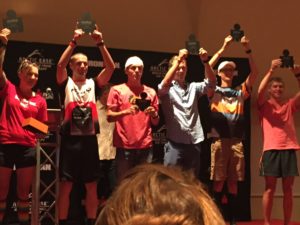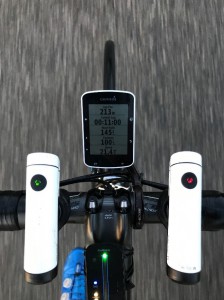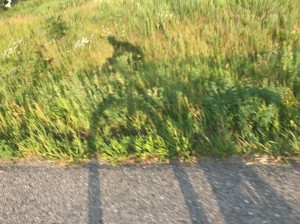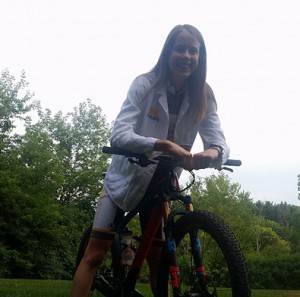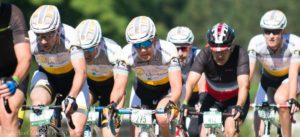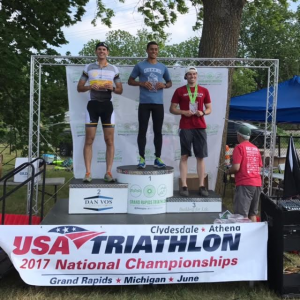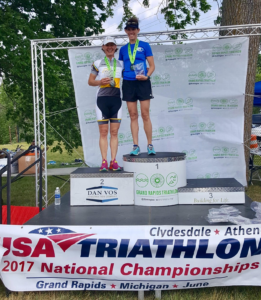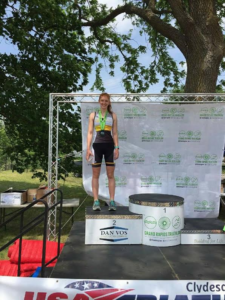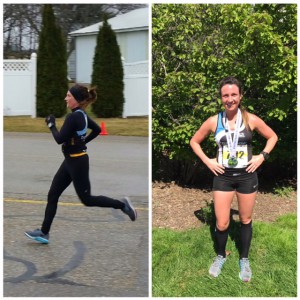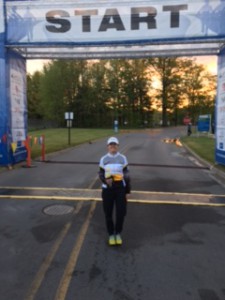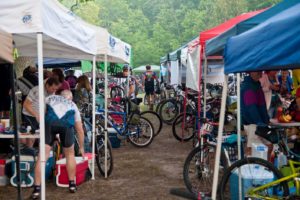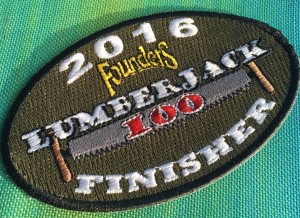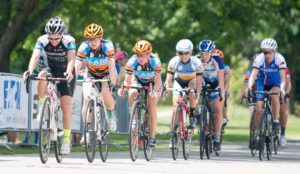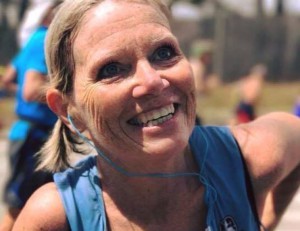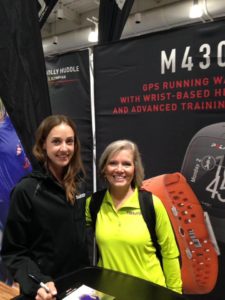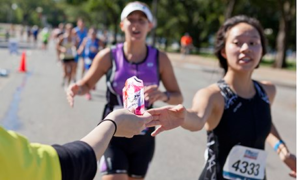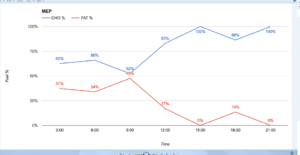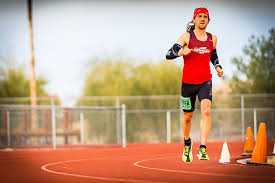“Every champion was once a contender who refused to give up.”
Sylvester Sallone
On September 12th, 2016 I was anxiously waiting in the Ironman World Championships slot allocation room at Ironman Wisconsin to find out how many slots would be given to my age group. When they posted the slot allocation sheet I saw that only two slots were given to my age group. My heart sunk to the ground. This meant that only two athletes would go to the Ironman World Championships in Kailua-Kona, Hawaii. I finished 4th place in my age group. The only way I could go to Kona is if the first and second place athletes did not accept their slot. Unfortunately when they announced the 1st and 2nd place athletes both of them accepted their Kona slot.
I was very disappointed that I missed out on qualifying for Kona. I remember feeling very confident that I would place in the top 2 in my age group considering how I felt going into the race. Note that this was my first Ironman race so I may have been a little naive:) To quickly recap my race I started off with a great swim (58:20 swim time) and a fast T1. I got off to a good start on the bike but was not able to keep that momentum going the entire ride. I got passed by a lot of fast bikers but I kept a good attitude. While on the bike I kept repeating to myself “once I get to the run I’ll run them down”. When I got to the run I was in my comfortable zone since this was my strength. I was able to make up a lot of places but the top two athletes in my age group were just too far ahead of me to rundown. I ran a solid marathon time of 3:08 but would’ve needed to run a 2:58 to finish 2nd place which just wasn’t in the cards that day.
After my entire experience at Ironman Wisconsin it made me more determined and dedicated to qualify for Kona. I also became more humble of the opportunity of qualifying. I knew in order to qualify I would have to continue improving my Ironman fitness and I would have to choose a Ironman race that would give me the best shot of qualifying.

The big question I asked myself was “What should be my next Ironman race”. I really wanted to qualify for the 2017 Ironman World Championships so I wanted to pick a race in the Spring. Unfortunately there was only one Ironman race in North America during the Spring and that was Ironman Texas in mid April. However, I thought Texas was not ideal considering I would not be acclimated to the extreme Texas heat since I would be training in the cool Michigan temperatures. This meant I had to look international. The international races I considered was Ironman Australia, South Africa, and Brazil. After weighing the pros and cons of each race Ironman Brazil was the best choice.
Ironman Brazil would give me the absolute best shot to qualify for Kona in 2017 for many reasons. The first reason is they’ve historically offered more qualifying slots for my age group (30-34) than any other race. In 2016 they handed out 11 slots! The second reason was the temperatures during late May were between the high 60s and low 70s. These temperatures were very ideal for me to race and perform well in considering it would require little heat acclimation. The third reason was the time zone difference. The race would take place in Florianopolis, Brazil which is only one hour ahead of US eastern time so didn’t need to adjust my sleep pattern. Finally, the fourth reason was that the course suited me well given my strengths and weaknesses. For example, the swim was in the ocean and not in a river which meant there were no water currents to assist us. Thus the swim would favor a stronger swimmer like myself. In addition, the course did have a few long hills which was to my advantage since I’m a good climber.
There were a few risks and concerns that I had being in a foreign country. For one I was not familiar with the area and the food. I knew I had to be cautious about what I ate and drank (don’t drink the water!). My worst case scenario was getting a stomach flu or something bad before the big race. To mitigate my concerns I decided to use Endurance Sports Travel (EST) agency to take care of the lodging, transportation, language translation, and food. EST is an official partner with Ironman and understand/cater to the needs of the Ironman athlete very well. Finally this would be my first time visiting South America so I could check this one off the bucket list.
Now that I had my Ironman race picked out it was time to get training!
To be continued….
The post My Kona Journey: Part 1 appeared first on Team Athletic Mentors.




 Our Hockey Site
Our Hockey Site Team AM
Team AM


